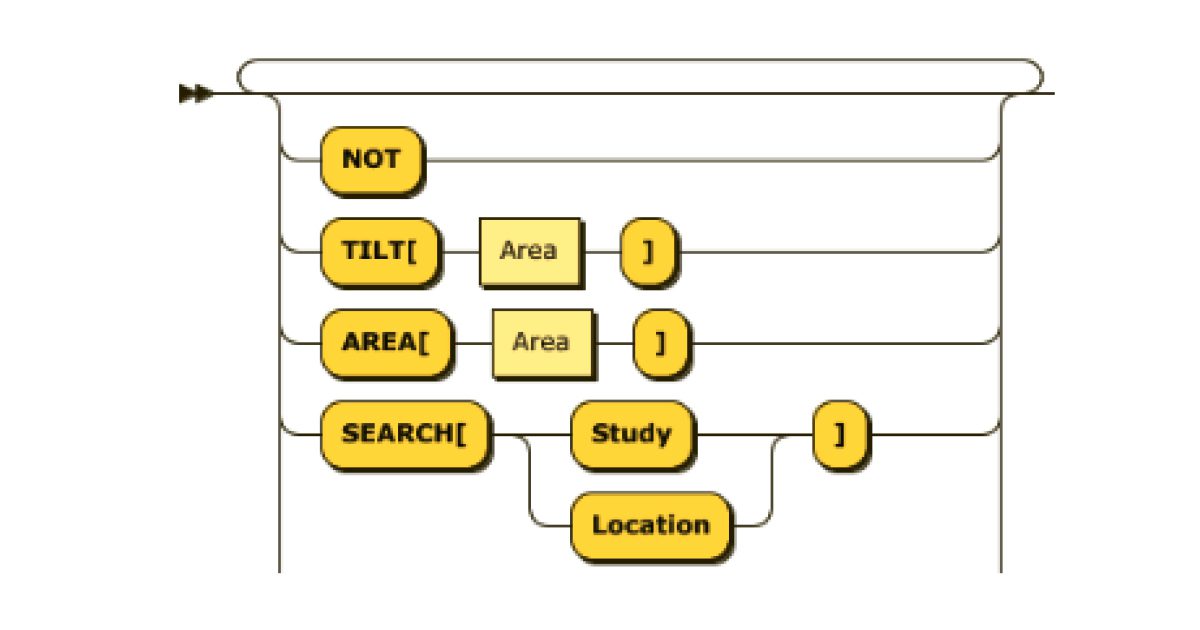CONTACT US

Overview: What Is Hume (GraphAware)?
Hume is an enterprise-ready graph analytics and AppDev platform with knowledge graph capabilities at the core. Its purpose is to unlock the value of your graph-stored data. Hume leverages the power of graph databases, specifically Neo4j, to make creating, maintaining and leveraging your graph data much easier, enriching your business with value and efficiency. In this article, we discuss why Hume is such a strong performer in its class by exploring its unique capabilities and advantages.
What Is GraphAware Hume?
Why Do We Need Graph Databases and GraphAware Hume?
Graph databases themselves are just now successfully beginning to exit the "Gartner Hype Cycle for Data Management 2022" report for data management. It has advanced to the famous "Slope of Enlightenment" and is on its way to the "Plateau of Productivity". In all likelihood, it will eventually make its way off of this report and into a more permanent future "Gartner Graph Magic Quadrant" in the coming years.
As a new commercial offering within the last decade, many questions are left swirling in this space. People are only gradually beginning to understand graph databases, including the various permutations (e.g. native vs multi-model, LPG vs RDF etc), what the databases do and what surrounding software is available. At the same time, very few CIOs of any Fortune 500 company do not have a well-funded, core transformation initiative around knowledge graphs.
All technical business leaders are aware they need to start using graphs, graph databases and graph data science to compete in the coming decades — whether that means harvesting and leveraging large-scale unstructured data, creating a digital twin of their business, targeting fraud at scale or creating more effective recommendation engines that can scale.
Simultaneously, there's a lack of skilled and knowledgable resources in the market, little tooling to enable it and limited understanding about where and how to get started. However, even Google has cited how critical graphs / network science will be to the future of data science.

Leading Graph Offerings
The graph market is still very much emerging. But given the intensity of interest around graphs from all quarters, there are now hundreds if not thousands of new startups and even later-stage companies in the space. Below are the four main categories of graph offerings:
graph databases
- Neo4j
- Virtuoso
- ArangoDB
- OrientDB
- Microsoft CosmosDB
- Amazon Neptune
- GraphDB
- JanusGraph
- TigerGraph
- DGraph
graph Visualization tools
- Keylines
- Linkurious
- Kineviz
- Tom Sawyer Perspectives
- SemSpect
- Graphlytic
- yWorks
- Graphistry
- Gephi
- Bloom
Graph Enablement Platforms
- GraphAware Hume
- Microsoft Graph
Graph-powered Applications
- Data.world
- DiffBot
- Katana
- RelationalAI
- Stardog
- Limbik
- OctaveBio
Principal Hume Features
- Knowledge graph platform. Knowledge graphs are more than applications on graph databases. By their very name, they imply something much deeper, including a context for new knowledge we can surface from the world of structured and unstructured data. In a day when most CIOs don't know where to begin with managing data, the comprehensive Hume platform makes creating, managing and analyzing your knowledge graph in record time a reality.
- Powerful graph analytics. Hume provides the deepest graph visualization layer available today, far beyond the simple force-directed viz that's typically associated with graph analysis to date. Fully interactive, it's made for the proactive surfacing of data, patterns and trends that are nearly impossible to identify any other way, even at massive scale.
- Advanced geospatial and temporal analysis. Quality geospatial analysis has been lacking in the graph industry. With both the included capabilities in Hume and the easy extensibility of the platform, you can perform geospatial analysis with graphs as never before. Another big gap in the graph space has been temporal analysis due to the scale and type of analysis available in the graph context. Hume creatively solves this problem without needing to use yet another type of database for one single style of analysis.
- Enterprise ETL / orchestration. Truly elegant and highly effective, the low-code / no-code, drag-and-drop ETL UI has changed the game in the graph space. Hume offers read/write capabilities in all directions, common starting points, parallel processing, complex flows with multiple source and targets, sourcing and data cleaning for graph applications.
- Connector library. As part of the orchestration capability, the library of connectors is a common-sense collection that just keeps growing. Regardless of whether there's a connector, it's easy to create connections with REST APIs, JSON and many other means.
- Graph data science. Graph-powered machine learning is the future of data science. Not surprisingly, Hume has blazed the trail in applying ML algorithms pre or post-processing, applying NLP to unstructured data and more. Hume is the place to apply the algorithms and derive the insights your knowledge graph or other graph-application needs.
- Actions. Imagine a business user being able to apply a Louvain community-detection algorithm in a guided way through a pre-defined Hume Action right in their graph UI. Imagine an analyst or business user being able to define their own actions to avoid repetitive gestures again and again, and then being able to share those actions with their team for efficiency. This is the power of Hume Actions.
- Alerting. GraphAware Hume provides enterprise alerting based on thresholds, patterns and algorithmic outcomes, graph-centric requirements, receiving alerts in UI, email, SMS text and more.
Top Advantages of Hume (GraphAware)
- Thought-leading architecture. GraphAware Hume is architected by some of the most well-known names in the graph space, including Alessandro Negro, author of the Manning book "Graph-Powered Machine Learning". The platform is way ahead of other attempts at similar capabilities because the team creating it are some of the most prominent thought leaders in the emerging space.
- Low-code / no-code graph AppDev. GraphAware Hume's first advantage is radically reducing time to value. Prior to Hume, tasks such as ETL, leveraging ML, enriching, alerting and taking action required a lot of code. If you wanted to perform analyses or build an application, even more code. Hume reduces all that, driving value out of your graph data much faster.
- Comprehensive platform. While there are many emerging tools out there, a significant portion of them are one off or not production ready. That means you must proliferate tools far more than you would otherwise need to. Hume offers all the most important capabilities for graph analytics and AppDev in a single extensible platform.
- Enteprise-grade security. Not surprisingly, graph database and Hume itself have been used early on in highly sensitive and secured environments across defense, intelligence and law enforcement. As a result, the Hume platform has rock-solid, enterprise-ready security from the top down.
- Neo4j aligned. While the Neo4j graph database is not the only option, it's easily the most enterprise ready. The GraphAware team and the Hume platform are uniquely aligned with Neo4j at present, making the capabilities that empower Neo4j unusually well suited and performant.
GraphAware Hume Platform Pricing
GraphAware Hume has paid cloud and on-prem plans available to fit both enterprises as well as small and medium business customers. For more detail, see GraphAware Hume pricing.
When to use GraphAware Hume
What is GraphAware Hume used for? While GraphAware Hume can be used for a wide variety of use cases with Neo4j, its unique value becomes evident when it comes to graph AppDev and graph analytics. Some of the most common uses cases include:
Check out our GraphAware Hume Resources for specific examples on how Hume can be leveraged.
GraphAware Hume Customers
References:
- Gartner Predicts Exponential Growth of Graph Technology
- High Tech Security Firm Limbik Uses Hume to Create Information Defense System
- What Is a Knowledge Graph? Powering Business With Graphs
- Natural Language is Structured Data
- What is the Order of Steps in Natural Language Understanding? 7 Step Guide
- The Exceptional Value of Graph Embeddings
- How to Use Hume Node
- Top Ten Reasons To Consider Neo4j
- Beginner Overview of Neo4j



















